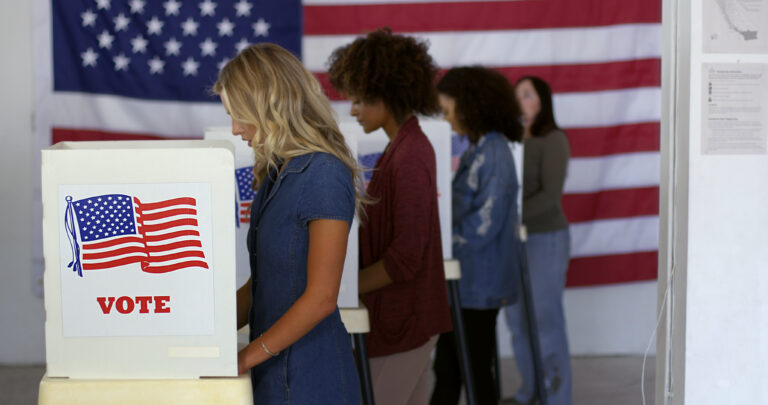SO it’s a no-brainer that the selection of paper used in all your collateral materials and various other paper projects IS an important contributor to softening your environmental footprint on the world. BUT, do your clients care, and is it cost-effective?
You know your clients best…
Will your commitment to going green help retain a majority of your clients and shareholders? Will this move help with prospecting future business? Probably. Through tactful self-promotion, this move creates the perfect opportunity to toot your company’s horn and let your clients know specifically, what you’re doing to better our world.
How about your bottom line?
Recycling paper waste is a good start – it’s low cost, everyone in the company can easily participate, and it’s a notable contribution. However, more can be done on the front end of paper selection before it hits the recycle bin.
Familiar labels, such as this chasing arrows symbol, tell us something specific about its labeled products. The Federal Trade Commission’s (FTC) environmental labeling guidelines require only “recovered materials” for papers labeled as “recycled.” There is no post consumer content required, so papers containing only mill scraps could qualify. Because this definition is vague and doesn’t cover post consumer paper usage, which is the scrap/waste paper that gets collected for recycling, it’s a good rule of thumb to ask your paper supplier. Keep in mind that the government defines recycled paper as having at least 30% post consumer product levels.
So, virgin versus recycled?
What is the cost difference? According to Conserve a Tree, many grades of paper, such as text and cover (often used for letterhead, brochures and publications) and some coated papers are cost-competitive with virgin papers or even cost less. Copier and offset papers still tend to cost somewhat more, but the price differentials are smaller than ever, usually only a few percent.
According to Echo Paper, not only will you save money, but here’s what choosing 20 cases of 100% post-consumer waste recycled paper (PCW) saves:
- 2 tons of wood or approximately 13 trees
- 4,700 gallons of water, enough for 273 eight-minute showers
- The energy needed to power an average American household for 37 days
- 548 pounds of solid waste, or 18.5 thirty-two gallon garbage cans of solid waste
In a nutshell, using 100% PCW paper reduces our carbon footprint, doesn’t add to landfills and saves our forests. Sounds beneficial to us all, doesn’t it!
Deciding what paper you’re going to use for future print projects should be an educated process. By closing the recycled paper loop, you’ll be helping to reduce waste, increase the demand for recovered waster paper and stimulate recycling markets. You decide, is it cost effective?











